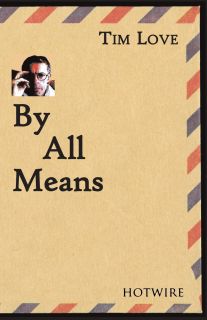The uncanny valley effect describes what happens when something is unsettlingly close to being realistic. A nearly realistic wig attracts longer stares than an outlandish hair-do. In a horror movie, a person with slightly odd behaviour (e.g. Norman Bates) can be more disturbing than a plainly mad axe-man.
To me, all "stories" are artificial, it's just that some of them pretend not to be. In "The Best American Short Stories 1996" edited by John Edgar Wideman, two authors describe how their stories begin unrealistically without having a narrative impetus or a single consciousness -
- "I write hundreds of pages of fragments every year and put them in folders together, hoping they will mate ... I am always groping in the dark when it comes down to actually fitting pieces of these fragments together" (Dan Chaon)
- "I wanted the story to hinge or unify itself with a series of repetitions and interlocking images: water, birds, flight, God, sugar, junk, and so on. It's something of a contrivance to have Scout kill himself" (Jean Thompson)
I use both of these techniques. Sometimes there's much symbolic interlocking in the language, despite the main character's life falling apart. Just as a painting can be organised around constellations of colour (the blue of a saint's eyes matching the blue of the sky) so a story can have a non-linear organisational structure - the storyline being accidental, emergent; the characters not burgeoning from an inner soul of necessity but constructed as a sop for readers who want a character to empathize with.
In some of my pieces, the voice and or the plot are chosen to give me the chance to combine elements that don't normally co-exist. To say that the character doesn't ring true is as relevant as saying that Wallace Stevens' emperor of ice cream is unconvincing because he's clearly deficient both in marketing skills and leadership. In such circumstances the reality-hungry reader would have an easier time if there were fewer character-like elements - they raise the expectation of characters existing, leaving the reader in the uncanny valley of near-realism. So maybe I should try making the lack of realism more explicit, my intentions clearer. The result might tend towards being an essay or being fragmentary, but that's something I'll have to live with.
 My story collection "By All Means" (ISBN 978-0-9570984-9-7), published by Nine Arches Press, is on sale from
My story collection "By All Means" (ISBN 978-0-9570984-9-7), published by Nine Arches Press, is on sale from  My poetry pamphlet "Moving Parts" (ISBN 978-1-905939-59-6) is out now, on sale at the
My poetry pamphlet "Moving Parts" (ISBN 978-1-905939-59-6) is out now, on sale at the 